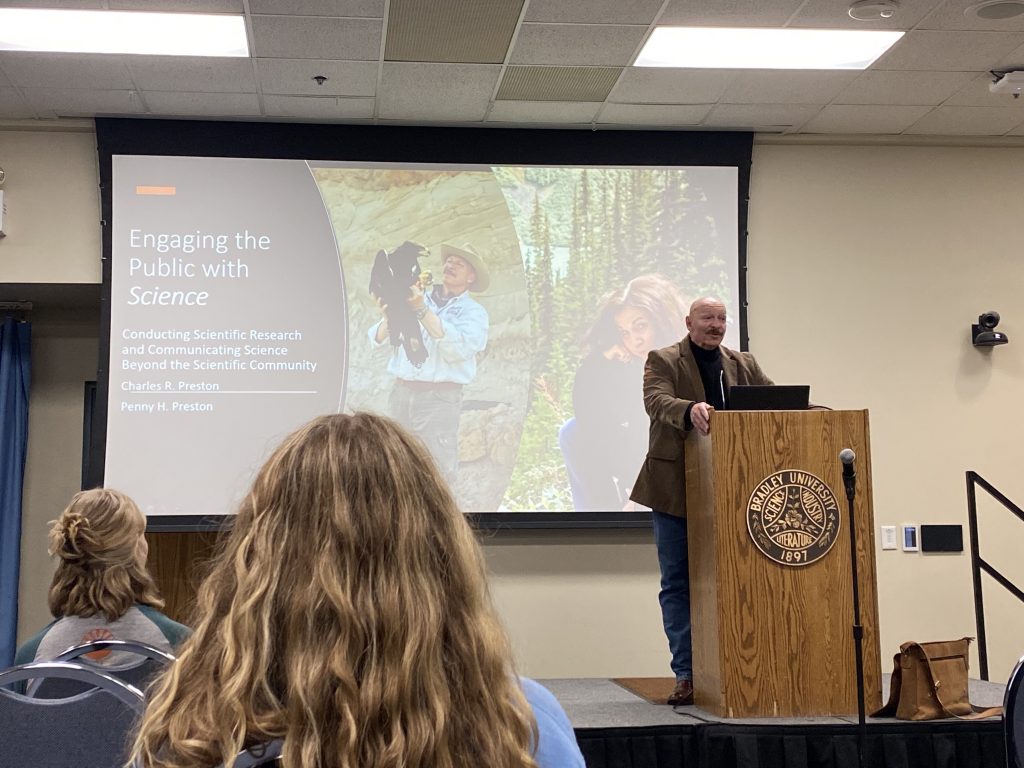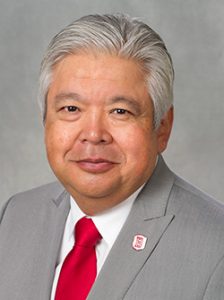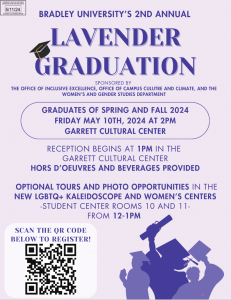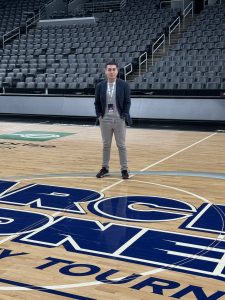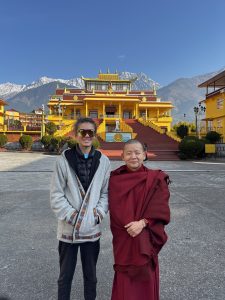Engaging those who are not in the scientific community or interested in wildlife conservation is a tough job. But wildlife ecologist and conservation biologist Dr. Charles Preston and freelance reporter Penny Preston have figured out a way to make science more important to those around them.
On March 23, the pair joined students and professors in the Michel Student Center Ballroom, to present a lecture dedicated to making the public aware of the climate crisis with science.
Charles discussed three conflicts between science and the public: science doubting, ignoring and denying.
According to Charles, people who deny science only focus on the information that is targeted toward the opinions that they value or already have themselves. He talked about how when he was growing up, there was only one kind of information that everyone received from news outlets which has since changed throughout the years.
Charles knows why there are reasons for doubt about science and the scientific method. As a scientist, he recognizes that people believe science is already set in stone which he said is not the case at all. Science is always getting questioned, which makes people hesitant to believe it.
“The most basic and important tenet of science is that we continue to look, we continue to explore, we continue to learn and in doing so we refine what we think is true,” Charles said.
To further prove his point, Charles broke down his pathway into the world of science which started by reading nature magazines that kickstarted his love of wildlife. However, he ran into the issue of not knowing how to study conservation in college, until one day he went up into the attic and discovered old National Geographic magazines.
Charles wanted to learn and share more about science and wildlife conservation with others after discovering the magazine. He told the tale of a lake near his house where he explored the nature surrounding him.
“Every chance I got…I would run out to this lake,” Charles said. “I spent a lot of time here. Just exploring.”
All was well until one day policymakers in his town decided to expand their downtown area, and that would damage the wildlife. This sparked the idea that Charles was going to go to college to study ecology.
While in school, he took some time to work before earning his masters and PhD in Zoology/Ecology and traveled frequently after completing his schooling. Charles jumped from university teaching to museum work sharing his love of wildlife, before he moved to Yellowstone National Park, where he helped develop the Draper National History Museum.
“Talk about an opportunity of a lifetime, that’s an opportunity of several lifetimes,” Charles said.
To continue the lecture about wildlife conservation, Charles’s wife Penny took the stage to detail her own journey in science as a journalist.
Penny first made the point of collaboration between scientists and those in the field of journalism. She highlighted how important it is on the science side to get their information out to the public through a credible source.
“You [science and communication majors] have got to get together,” Penny said. “You have got to toot your own horn and journalists have got to hear the scientists.”
Penny talked about how science brought her and Charles together while they were in college and how a date to Blanchard Springs Caverns sparked her own love of science.
“I experienced wonder for the first time in my life,” Penny said. “I thought ‘Oh my lord, how can something this beautiful and astounding and still growing…how can it exist 200 feet below the earth and we don’t even know about it.’”
After college, Penny went on to work at the Denver Museum of Natural History as a public relations manager. She mentioned that this was the first time that she realized that people love science.
“They want to know what [scientists] have to say,” Penny said.
She talked about how multiple scientists would reach out to broadcast journalists to share their research with the public and how it greatly benefited both in their field. She believes that doing so can captivate audiences and even change minds.
“At the Denver Museum of Natural History, all those scientists had media groupies,” Penny said. “They had reporters who would reach out to them and follow their work.”
Returning to her personal story in the present day, Penny brought up the project that she did last winter about Yellowstone titled “Yellowstone Revealed” and the impact that it has had on her.
“It’s really amazing how many emails and calls and texts I received because people are fascinated by these stories about the science and the history of Yellowstone,” Penny said.
She wrapped up her part of the lecture with a personal story of how videos and research changed the minds of a group that once hated wolves.
“One day I came home and I said ‘Chuck, are your feet cold?’ and he said ‘No, why?’ and I said ‘Because hell just froze over,’” Penny said. “A group of wolf haters raised money to fund a scientific story on the effect of wolves on elk.”
Charles reiterated the importance of public education to help spread awareness of the world of science within nature using five points: engaging the public, being diligent, collaborating, advocating for sound information and creating a community of critical thinkers.
“Get the best science based information you can and to again speak to the public about the information that you have, that’s the key,” Charles said.
